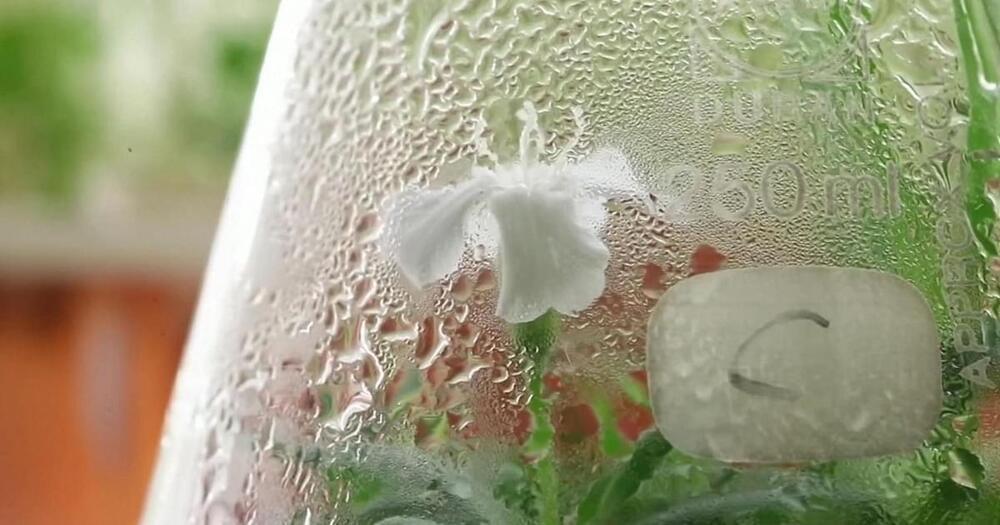Thanks to the work of squirrels, researchers in Siberia were able to grow viable Silene stenophylla plants from 32,000-year-old seeds. This incredible event, which happened in 2012, is still having a dramatic event on the scientific community and now Austrian researchers are trying to sequence the plant’s DNA to find out how it was able to survive so long.
The story starts over 10 years ago, when a team of Russian, Hungarian, and American scientists recovered the frozen seeds in 2007. They were buried 125 feet underground, deep in the Siberian permafrost. The team was investigating the burrows of ancient squirrels when they made the discovery. Fruit and seeds had been perfectly sealed from the elements thanks to the squirrels’ burrowing techniques.
“The squirrels dug the frozen ground to build their burrows, which are about the size of a soccer ball, putting in hay first and then animal fur for a perfect storage chamber,” shared Stanislav Gubin, one of the researchers who explored the burrows. “It’s a natural cryobank.”









Comments are closed.